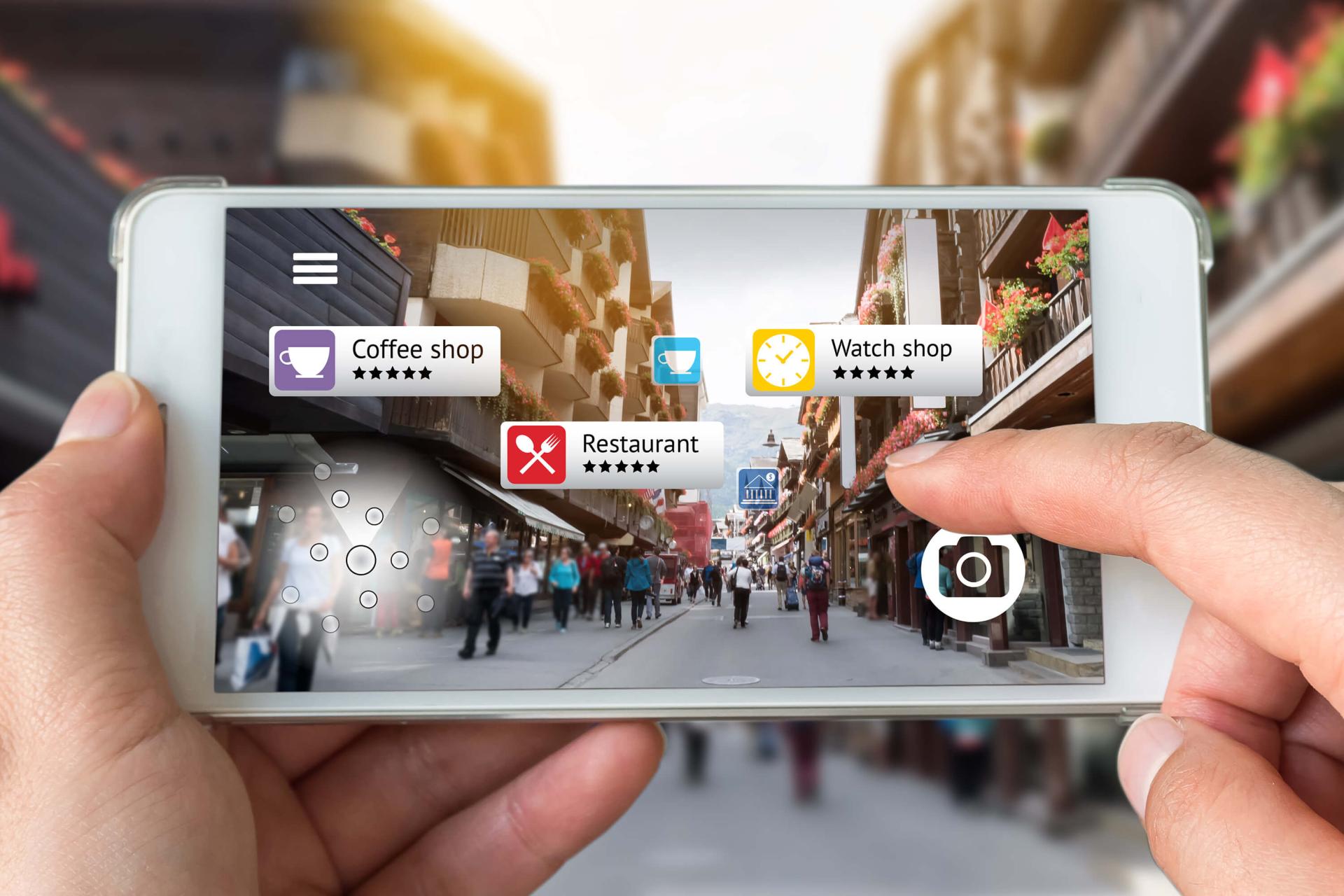Digital Realities
CONOR MCGUIRE
“And what are you thinking of doing, McGuire?” asked my teacher as he eyed me beadily from his desk. “I’m going to art college,” I replied somewhat sheepishly. The class was attentive, as our tutor was in a sour mood and looking for some verbal cut-and-thrust. “You’ll never make a living,” he replied with a world-weary air that invited no contradiction. It was the summation of my career guidance at college.
I am happy to have subsequently proved him wrong. I have made a living and a respectable one by any standard. The scorn the arts received in our educational system as viable career options is no surprise. But in time that has changed as more and more trades and professions are automated and replaced by computers. There is an urgency in developing the creative and craft based abilities of students as options in an increasingly changing and volatile labor market.
Automation is everywhere, and its presence is set only to increase both domestically and in the workplace. Artificial intelligence is fast rendering age-old trades and professions obsolete. But in an increasingly technological world, the irony is those small craft enterprises, requiring creativity and individualism, are on the rise. If a teacher were to pose the previous question in the present decade that left me feeling confused and helpless, his thoughtful answer would be to follow my ambitions. It is now clear that the key to survival in the 21st century is to be as creative as possible.

The artificial intelligence of computers and robotics is impinging on every area of our lives, even those areas deemed creative. There are technical marvels available in the guise of “painting” programs. In the interest of saving time, money, and materials, I purchased one of these—a professional digital painting application.
At first, it seemed pretty amazing. In a nutshell, the app recreates the painter’s tools, brushes, surfaces, and studio. The dizzying array of brushes, paints and mediums can facilitate breathtaking effects. With practice I became proficient, and the program is particularly good at detailed work. However, try as I might, I could not ultimately find the program satisfying. There was something essential lacking, my senses remained in stasis, and I found the experience sterile and soulless.
And this for me points to a difficulty with digital recreations of creative realities. At best, they are intelligent approximations but lack the emotional, tactile and sensory wholeness that the real world offers in abundance. When using an electronic alternative, I missed all that the five senses had to offer. Canvas, in reality, has texture and strength; oil paint has viscosity and resistance. I missed the smell of turpentine and oil combined with the sound of a bristle brush on a rough surface. Painting is deeply sensual, and the most a computer can provide is a one-dimensional approximation. A high-resolution screen is a poor substitute for the reality of pigments and mixing media.
And then there is the element of chance. Happy coincidence and serendipity play a significant role in any creative process. Mistakes and surprising outcomes are essential to discovering new ideas and techniques. The element of human error can lead to sudden strokes of genius. A computer can only approximate these outcomes.
There is no denying that machines and technology have made our lives so much easier. Tedious and time-consuming tasks are thankfully done by machinery. We no longer wash, scrub and clean with elbow grease. But ironically, it is the human sensory element which will be the saving grace of many professions. Artisan products are booming, and “handmade” is now a byword for quality. Activities that require the intimate exchange between people are also thriving. Machines don’t make good therapists or hairdressers. Food prepared freshly by hand will always present and taste better. The dexterity of the human hand and the creative brain is proving impossible to emulate.
The rise in production of craft beers and liquors is an example of a reaction against the sameness of mass-produced beverages. The multinational drinks giants remain challenged by microbreweries offering a more sophisticated product based on lovingly tended ingredients, rich in taste, smell, and color. Mass production thrives at the expense of product individuality and depth. The consumer’s jaded palates are longing for authenticity and the full spectrum of sensory experiences. The rise of all things crafty is an expression of quiet rage against the bland sameness of all things mass produced. Increasingly surrounded by imitation consumers crave experiences that remain rounded, pleasing and authentic. In this respect, the mass-produced and the digital will always fall short of delivering complete satisfaction.
Many respected professions are in the frontline of change. Purpose-built and programmed medical devices can now make a better diagnosis than their human counterparts. Teaching and tutorials accessed online at the student’s chosen pace, making private tuition in areas of language and academic subjects redundant. The fact remains that employment, as we have known it for centuries, is in a state of radical flux. The uneasy truth is we do not know what lies ahead. Radio survived the advent of television, despite dire warnings predicting its demise. Newspapers and print media have evolved to cope with the rise of the Internet and free media streams.
But there is a common factor in all survival strategies. Quality will always triumph over mediocrity. Books have survived by returning to their crafted roots, becoming beautiful and desirable objects. Children’s book sales are thriving, as the magic of an illustrated page has lost none of its allure for the childhood mind.
I am glad I trusted my inner voice, the imperative that impels me to improvise and create something beautiful and meaningful. You have that voice, listen and be attentive, it will lead you to your true self; you might even make an excellent living.
If you or your children explore the arts, get your hands dirty! Enjoy the sensory challenge of real paint, the unique tone of a real instrument, the smell, and texture of an old book.
Digital alternatives are wonderful and complimentary, saving us time and money, but dive into the real world first, nurture a skill in its sensory wholeness and that passion will last a lifetime.
The advances in automation are rewarding us with increased leisure time. Seize the opportunity to engage in real-world activities that challenge the senses jaded and unstimulated by digital simulations.
Interested in reading 99 other stories just like this? Grab The Better Business book here.




